The mole-catcher: 'A molehill, it isn’t just a pile of earth – it’s a key to a strange little world’
Mole-catcher Jeff Nicholls speaks to Tessa Waugh about catching the ‘mysterious’ and ‘tenacious’ little mole.
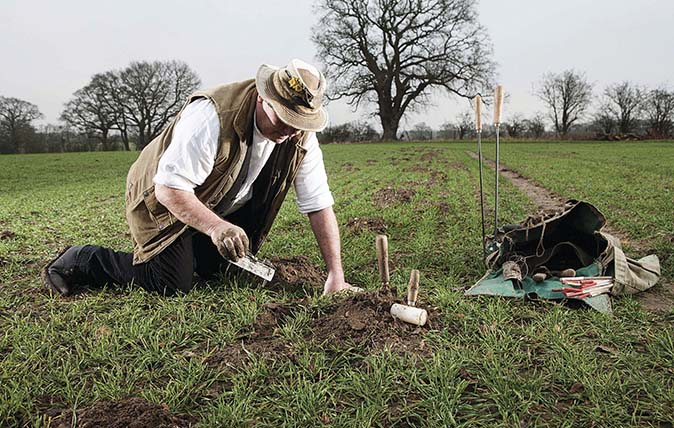

Jeff Nicholls started catching moles when he was a boy and has made a lifelong career of this time-honoured skill. ‘I was going to be a plumber, but I liked being outside too much,’ he explains, adding that it sometimes surprises people that he’s spent so much of his life campaigning for the welfare of moles. ‘Just because you’re trying to take an animal’s life, it doesn’t mean that you don’t care about it – you should give it respect.’

Mr Nicholls laments the fact that the old ways of mole control have been superseded by what he sees as less sophisticated methods. ‘In the past, the mole-catcher walked the country setting devices, not traps like they use today. They had snares made from horsehair string powered by a simple willow stick and would sit and wait for the stick to move. Once they knew the mole was restrained, they would dispatch it instantly.’
This countryman has never tired of pursuing the animal he describes as ‘mysterious’ and ‘tenacious’. ‘A mole-catcher will never be a rich man,’ he notes, ‘but he will be rich in the knowledge that the mole brings you. When I see a molehill, it isn’t just a pile of earth, it’s a key to a strange little world.’
Jeff Nicholls’s latest book, ‘Catching Moles: The History and Practice’, is available from www.crowood.com
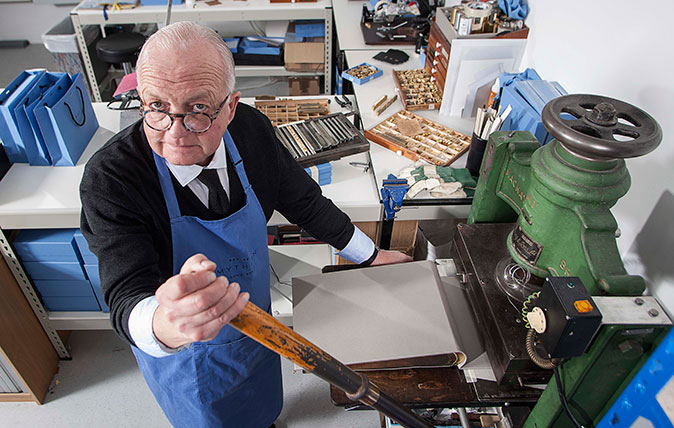
The gold stamper: ‘The younger generation is very appreciative of artisan work – they’re the ones driving the trend’
This week's Living National Treasure is John Timms, the man who leads the team that stamps gold lettering into thousands

Credit: Living National Treasure: The Glassblower - ©Country Life/Richard Cannon
The Glassblower: 'When something goes wrong you can't fix it – you just sling in into the bosh bucket and start again'
Ian Shearman's team of glassblowers are still making glass using a technique that's 2,000 years old. Mary Miers found out
Exquisite houses, the beauty of Nature, and how to get the most from your life, straight to your inbox.

Why you should protect your skin against the elements
Winter sun may feel like a benign friend, but it has an unwelcome sting. Countrymen take note.
Country Life is unlike any other magazine: the only glossy weekly on the newsstand and the only magazine that has been guest-edited by His Majesty The King not once, but twice. It is a celebration of modern rural life and all its diverse joys and pleasures — that was first published in Queen Victoria's Diamond Jubilee year. Our eclectic mixture of witty and informative content — from the most up-to-date property news and commentary and a coveted glimpse inside some of the UK's best houses and gardens, to gardening, the arts and interior design, written by experts in their field — still cannot be found in print or online, anywhere else.
-
 Dire Straits' bassist John Illsley reveals why he swapped the recording studio for the art studio — and his consuming passions
Dire Straits' bassist John Illsley reveals why he swapped the recording studio for the art studio — and his consuming passionsJohn Illsley rose to fame as the bassist of the Dire Straits, but nowadays you're more likely to find him in an art studio.
-
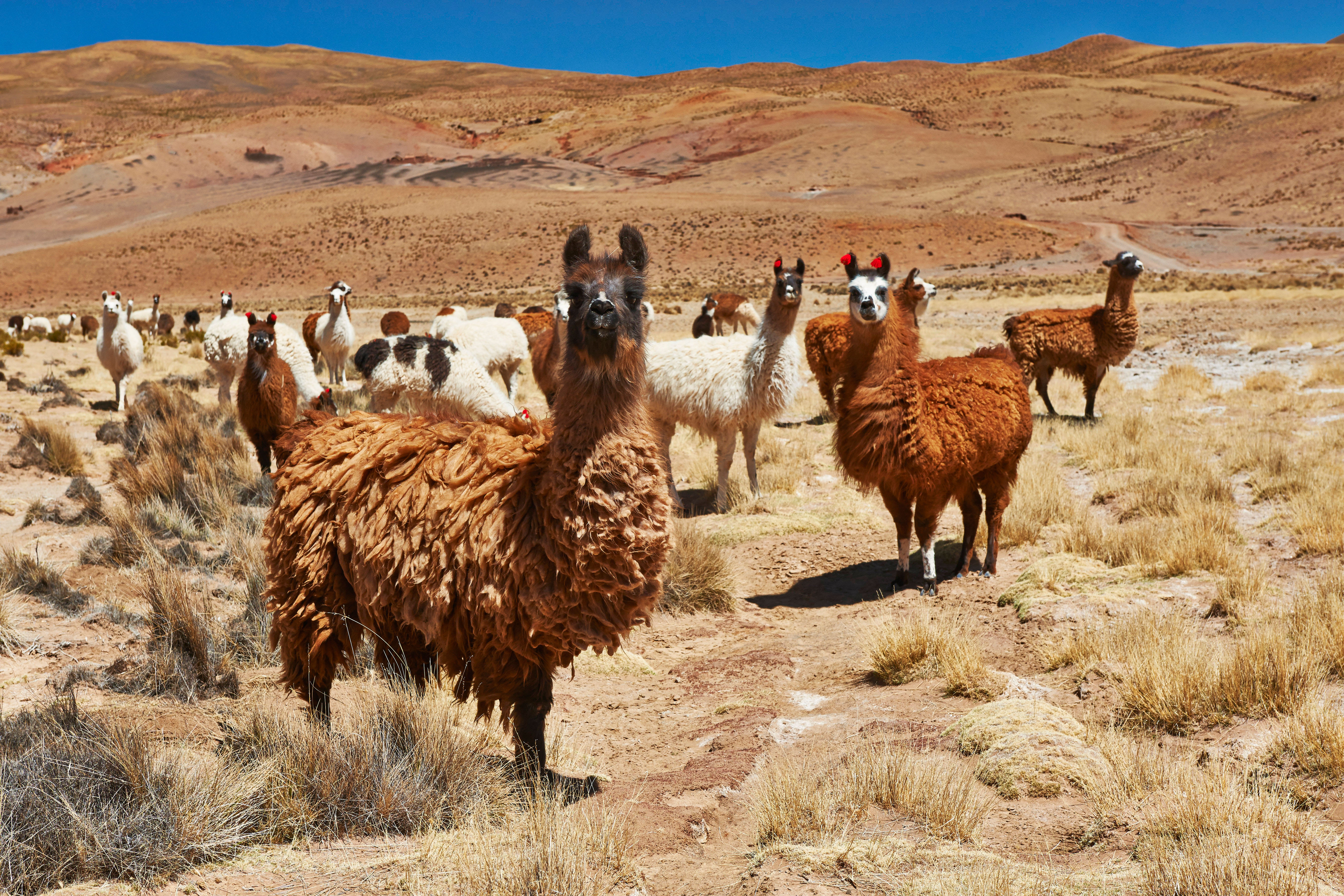 What is a Japanese llama called? The Country Life Quiz of the Day, October 20, 2025
What is a Japanese llama called? The Country Life Quiz of the Day, October 20, 2025Featuring more questions you didn't know you needed the answer to.
-
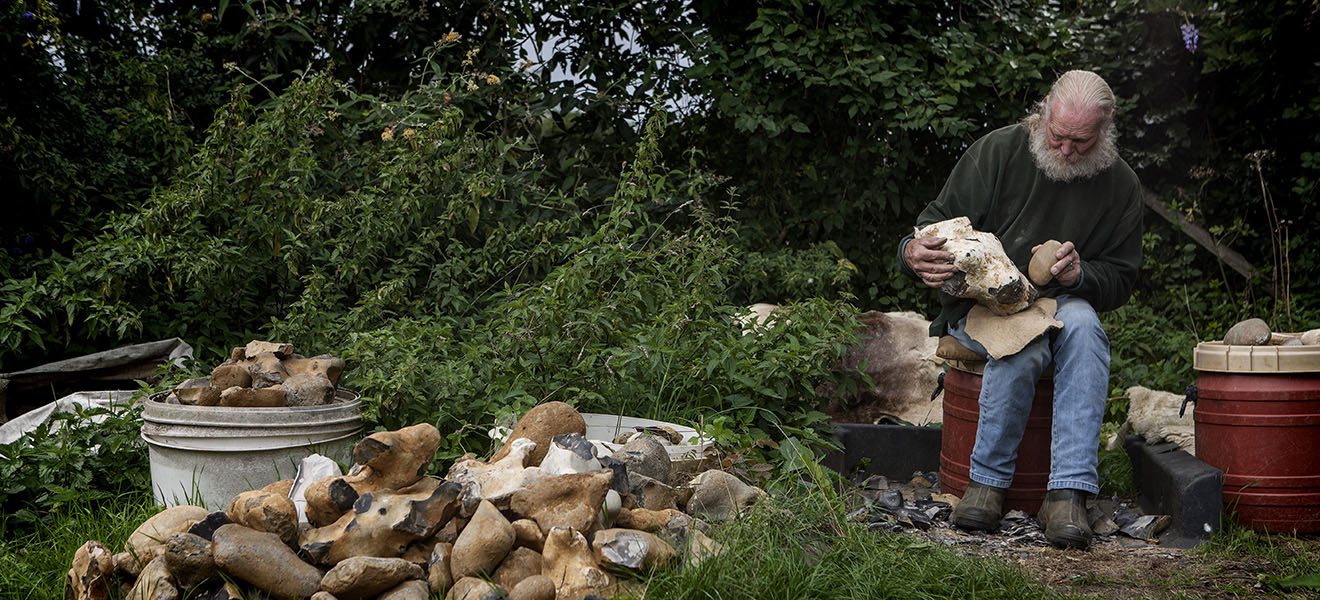 The flint knapper: ‘They used to make prisoners do it, but I do it for fun and manage to make a living'
The flint knapper: ‘They used to make prisoners do it, but I do it for fun and manage to make a living'John Lord is one of very few people in Britain who makes a full-time living out of only one stone, in addition to aiding universities and museums with lithic work.
-
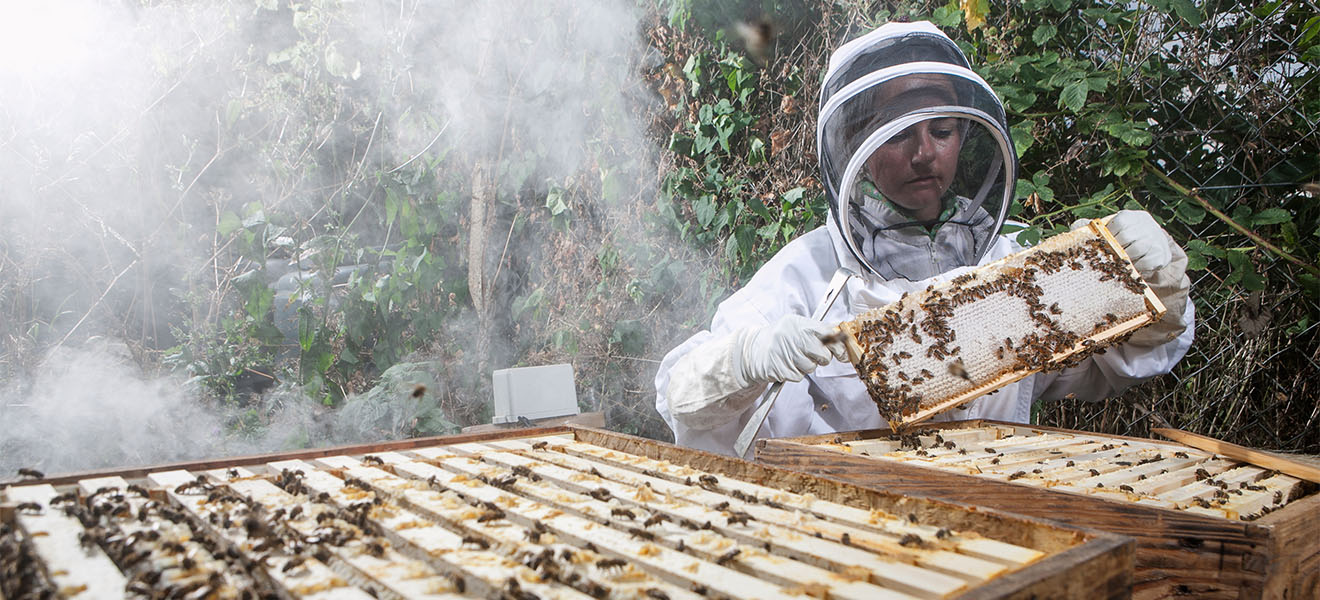 The beekeeper: 'There are few things better than a full comb of capped liquid gold'
The beekeeper: 'There are few things better than a full comb of capped liquid gold'Amy Newsome has turned this treasured country hobby into a relaxing city pursuit. She spoke to Tessa Waugh; portraits by Richard Cannon.
